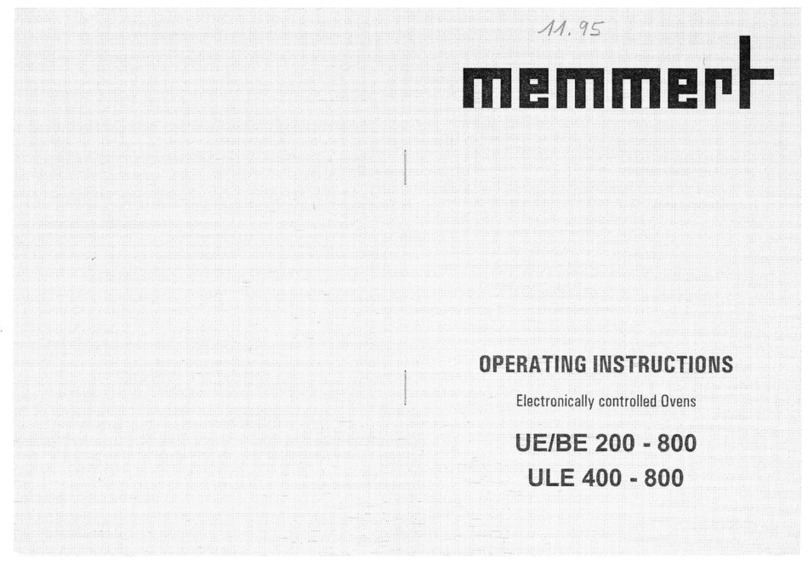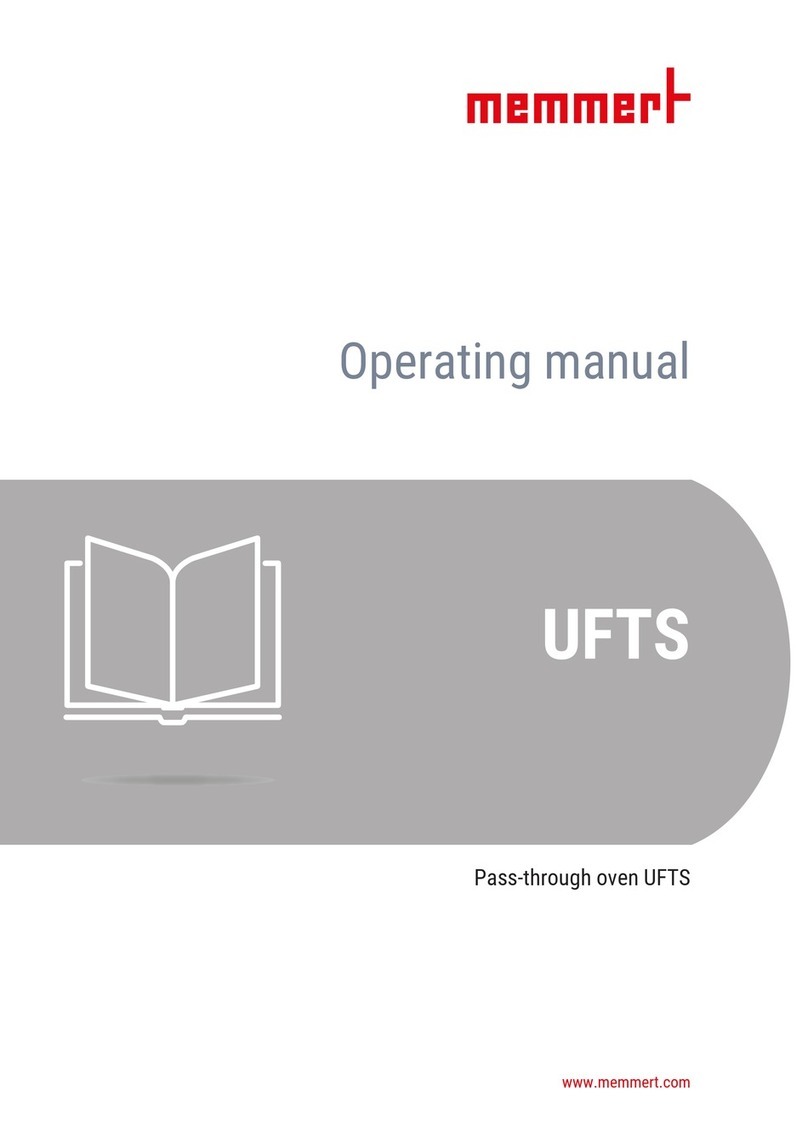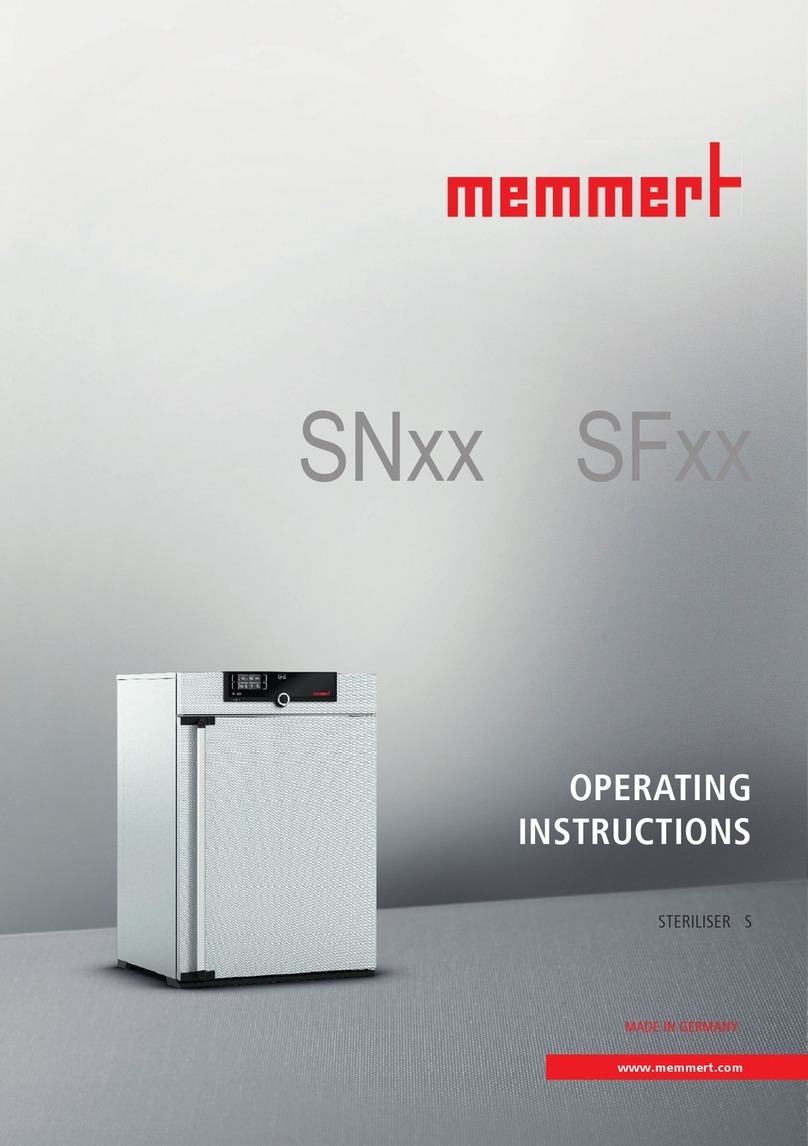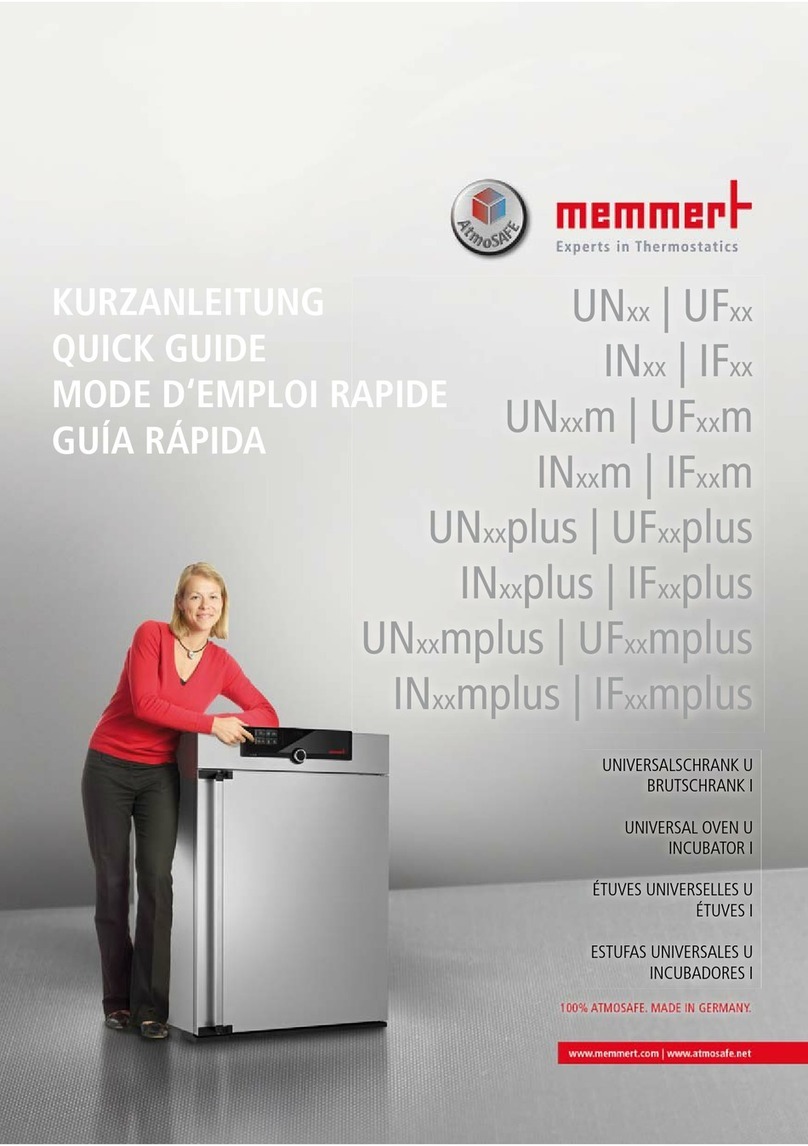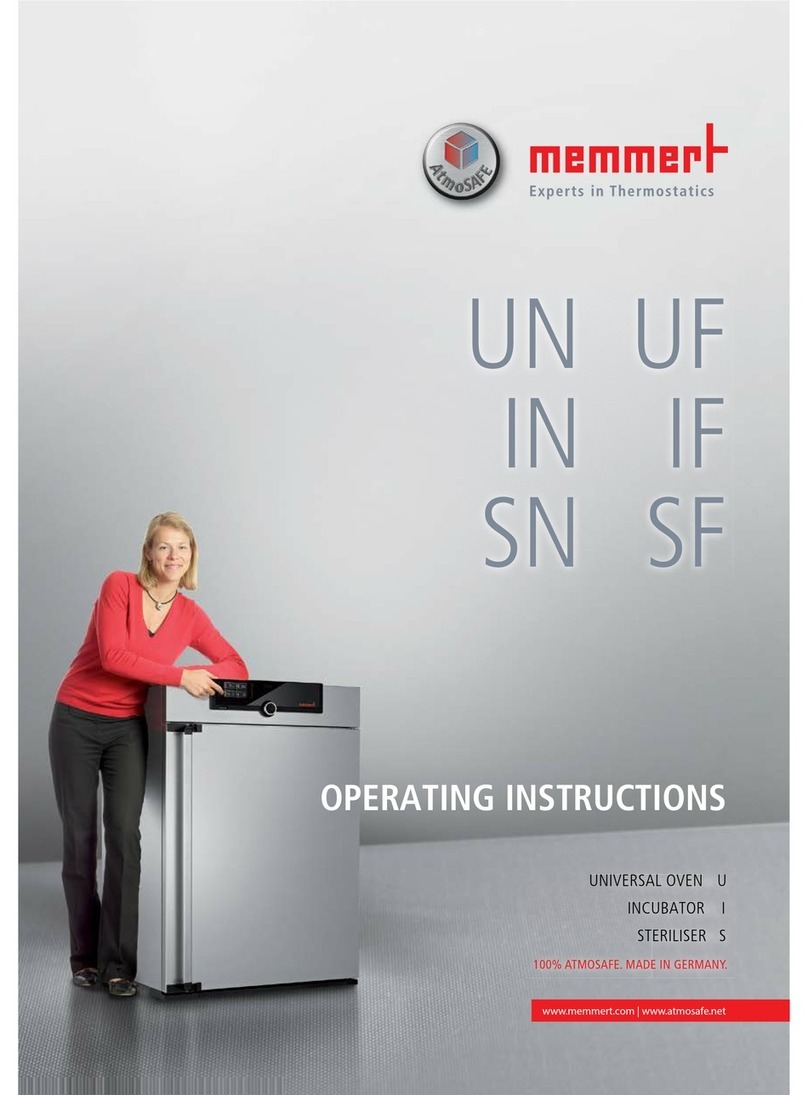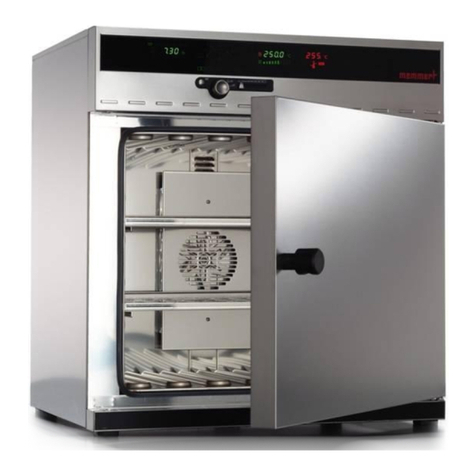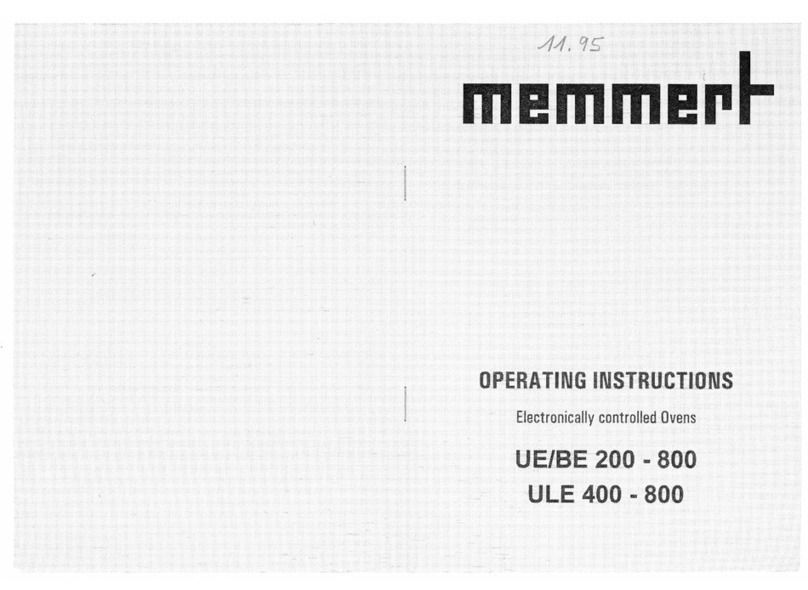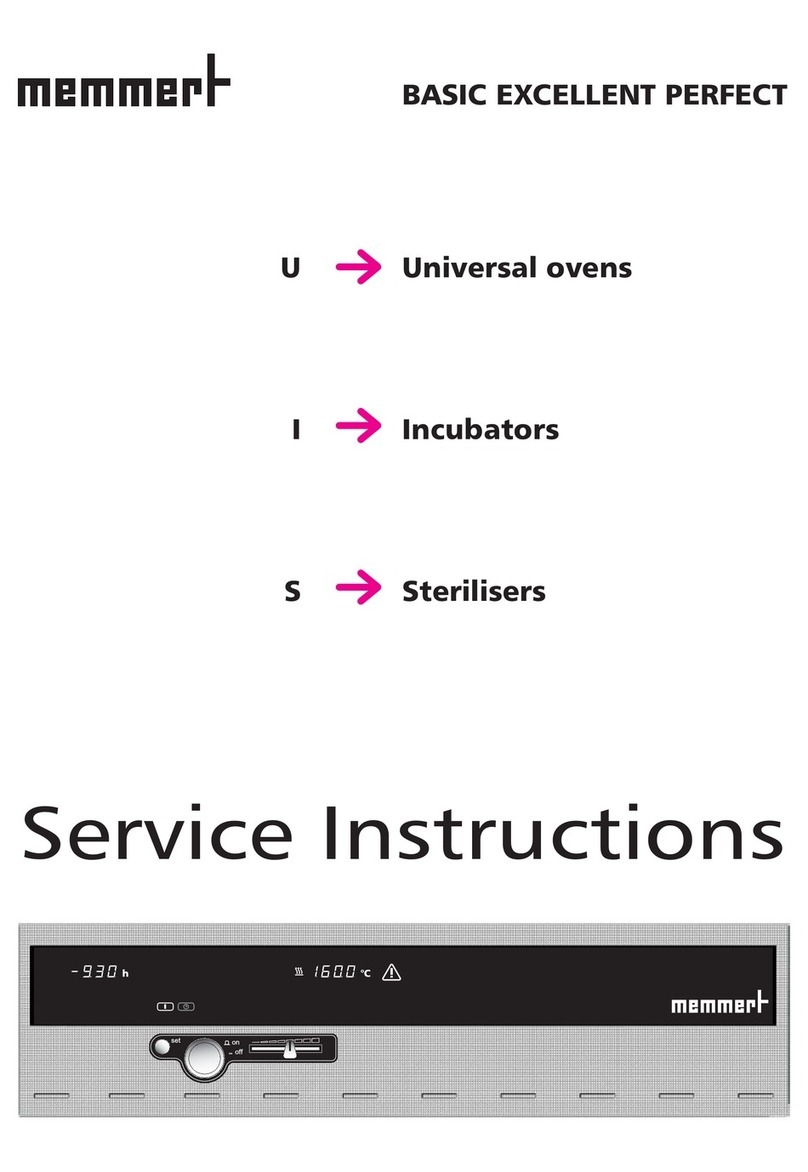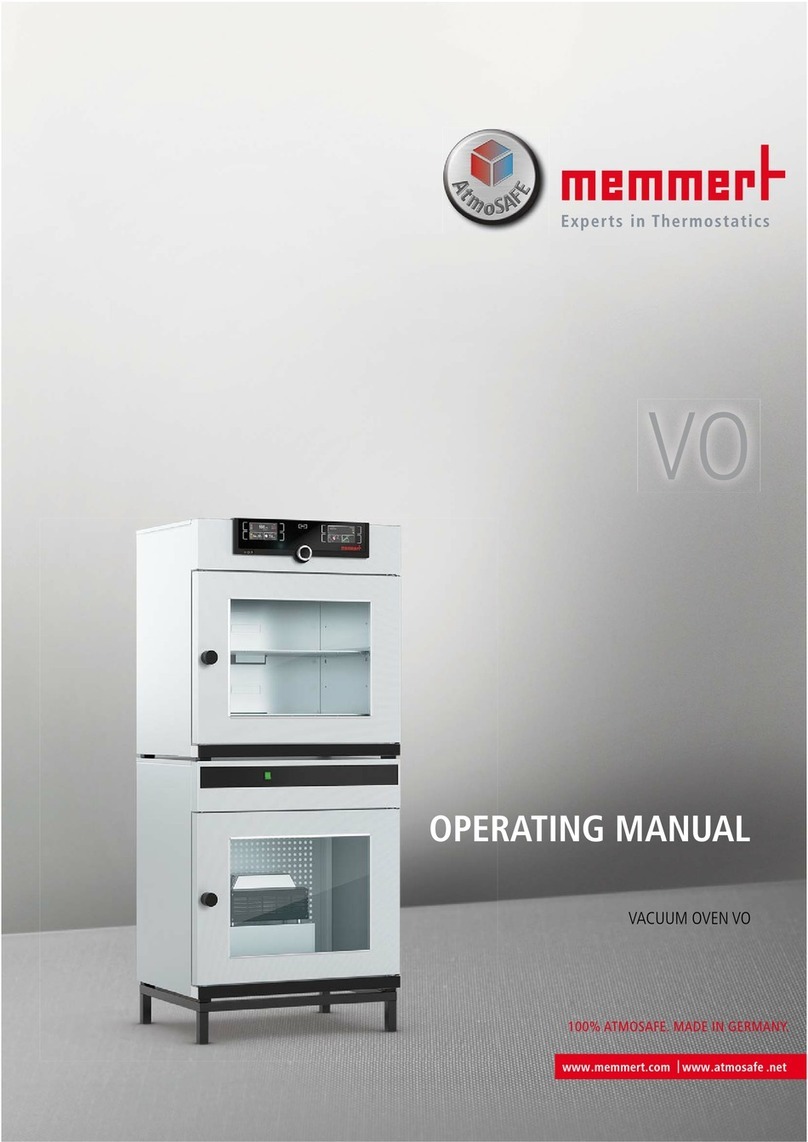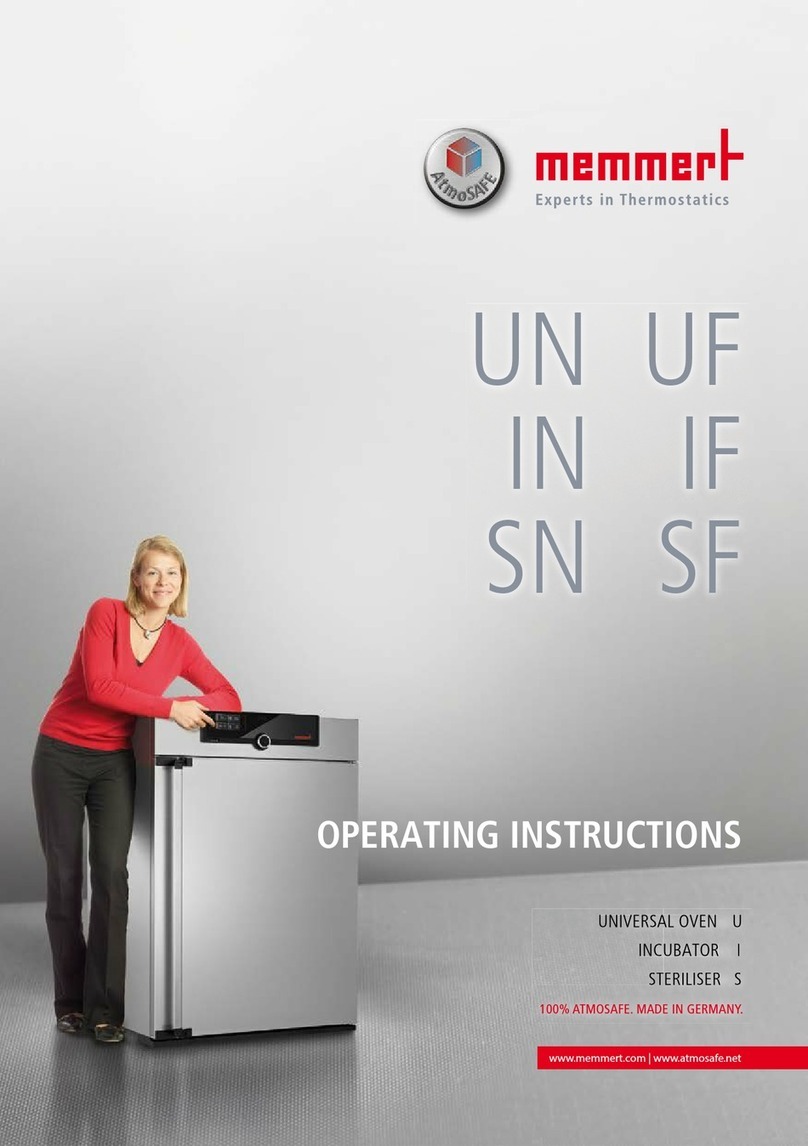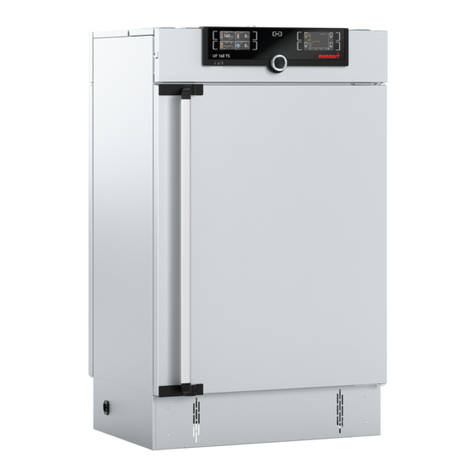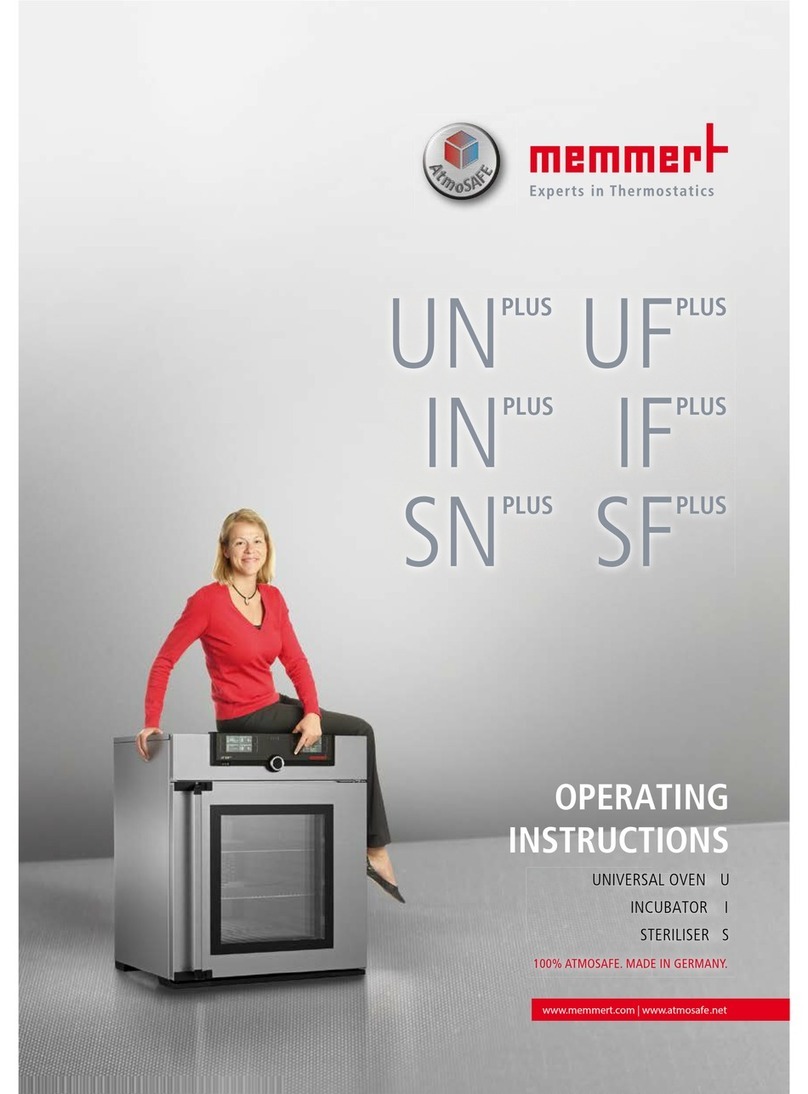
4
Contents
1. Safety regulations 6
1.1 Terms and signs used........................................................................................................... 6
1.1.1 Terms used .................................................................................................................... 6
1.1.2 Signs used...................................................................................................................... 6
1.2 Product safety and dangers ................................................................................................ 7
1.3 Requirements of the operating personnel.......................................................................... 7
1.4 Responsibility of the owner................................................................................................. 8
1.5 Intended use........................................................................................................................ 8
1.6 Changes and alterations...................................................................................................... 9
1.7 Behaviour in case of malfunctions and irregularities.......................................................... 9
1.8 Switching off the appliance in an emergency .................................................................... 9
2. Construction and description 10
2.1 Construction......................................................................................................................10
2.2 Function............................................................................................................................. 11
2.3 Material.............................................................................................................................. 11
2.4 Electrical equipment.......................................................................................................... 11
2.5 Connections and interfaces............................................................................................... 12
2.5.1 Electrical connection.................................................................................................... 12
2.5.2 Communication interfaces .......................................................................................... 12
2.6 Designation (nameplate)................................................................................................... 13
2.7 Technical data .................................................................................................................... 14
2.8 Ambient conditions........................................................................................................... 15
2.9 Scope of delivery ............................................................................................................... 16
2.10 Optional accessories.......................................................................................................... 16
3. Delivery, transport and setting up 17
3.1 Safety regulations.............................................................................................................. 17
3.2 Delivery .............................................................................................................................. 17
3.3 Transport............................................................................................................................ 17
3.4 Unpacking ......................................................................................................................... 17
3.4.1 Checking for completeness and transport damage....................................................17
3.4.2 Disposing of packaging material.................................................................................17
3.5 Storage after delivery ........................................................................................................ 18
3.6 Setting up..........................................................................................................................18
3.6.1 Installation options......................................................................................................19
4. Putting into operation 20
4.1 Connecting the appliance .................................................................................................20
4.2 Switching on...................................................................................................................... 20
5. Operation and control 21
5.1 Operating personnel.......................................................................................................... 21
5.2 Opening the door.............................................................................................................. 21
5.3 Loading the appliance....................................................................................................... 22
5.4 Operating the appliance.................................................................................................... 22
5.4.1 ControlCOCKPIT...........................................................................................................22
5.4.2 Basic operation............................................................................................................ 24
5.4.3 Operating modes.........................................................................................................24
5.4.4 Manual mode ..............................................................................................................25
5.4.5 Timer operation...........................................................................................................26
5.4.6 Programme mode ......................................................................................................27
Contents
